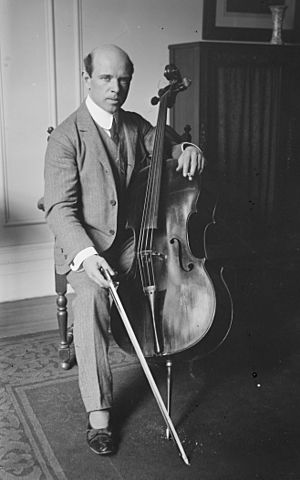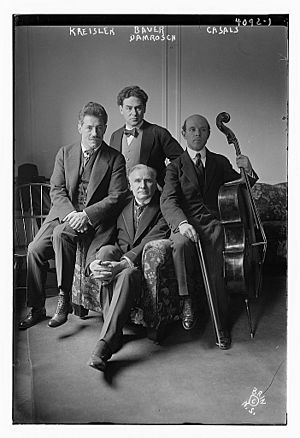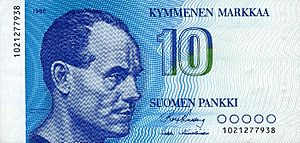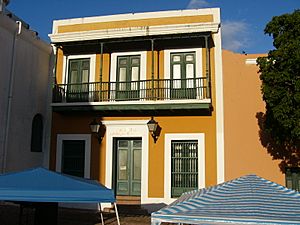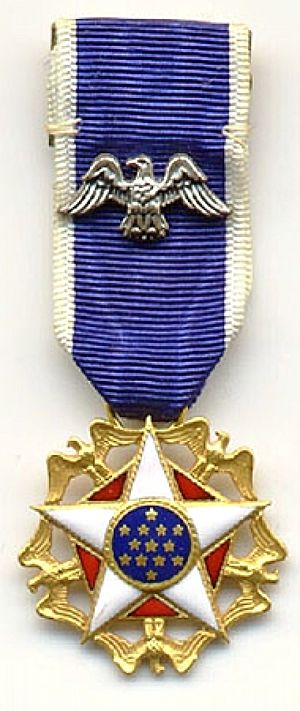Pablo Casals facts for kids
Pau Casals i Defilló (also known as Pablo Casals) was a famous Spanish Catalan cellist. He was born in El Vendrell, Catalonia, on 29 December 1876. He passed away in San Juan, Puerto Rico, on 22 October 1973. Many people believe he was the greatest cellist of his time.
Casals helped make the cello popular as a solo instrument. He inspired many younger cellists. Later in his life, he also became a conductor and a composer. He made many recordings of solo, chamber, and orchestral music. His most famous recordings are probably the Cello Suites by Bach. He recorded these between 1936 and 1939.
Casals cared deeply about politics. When the dictator General Franco took over Spain, Casals felt very strongly about it. After the democratic government was defeated in 1939, he promised he would not return to Spain. He wanted to wait until democracy was restored. Sadly, he did not live long enough to see Franco's rule end.
Contents
The Early Life of a Musician
Casals' father was the organist at their local church. He gave Casals his first music lessons. He taught him to play the piano, violin, and organ. When Casals was eleven, he heard some traveling musicians. One of their instruments was the cello. He had never heard a cello before. He immediately decided that was the instrument he wanted to play.
His mother took him to Barcelona. There, he went to a music school called the Escola Municipal de Música. He studied the cello, music theory, and piano.
Discovering Bach's Cello Suites
One day, when Casals was 13, he was looking through old music. He was in a second-hand music shop. He found some very old music for solo cello. These were the Cello Suites by Bach. At that time, most people thought these pieces were just studies. They believed they were only for cellists to practice their technique.
But even as a boy, Casals realized this was amazing music. He spent the next 12 years practicing them. He wanted to feel truly ready to perform them. Casals' discovery of these wonderful Cello Suites was a huge moment in music history. It was as important as when Mendelssohn found and performed the St Matthew Passion in 1829. That piece had also been forgotten by the world.
Casals showed incredible talent for the cello. On 23 February 1891, when he was 14, he gave a solo recital in Barcelona. He graduated from the Escola with high honors two years later.
Studying and Traveling
In 1893, the Spanish composer Isaac Albéniz heard Casals playing in a trio. They were performing in a café. Albéniz gave him a letter to introduce him to the Queen of Spain. The Queen gave Casals money. This allowed him to study at the Conservatory in Madrid.
Later, she let him go to the Conservatory in Brussels. This school was considered the best in Europe for string instruments. The cello teacher there listed many cello pieces. He asked Casals which ones he could play. Casals said he could play them all. The teacher made fun of him. But when Casals started playing, everyone was amazed by his talent. The teacher wanted Casals to be his student. However, Casals felt insulted, so he left for Paris the next day. The Queen of Spain was upset with Casals when she heard what happened. She stopped sending him money.
In Paris, Casals had very little money. He earned a living by playing second cello in a theater orchestra. His mother tried to earn money by sewing. In 1896, he returned to Catalonia. He taught at a music school there. He also became the main cellist in the orchestra of Barcelona's opera house, the Liceu. In 1897, he played as a soloist with the Madrid Symphony Orchestra. The Queen then awarded him the Order of Charles III.
Becoming World Famous
In 1899, Casals played the Saint-Saëns Cello Concerto in London. He performed at Crystal Palace. Later, he played for Queen Victoria at her summer home. He was becoming very famous. In Paris, he greatly impressed the conductor Charles Lamoureux. Lamoureux had started a well-known orchestra.
Casals then traveled to the Netherlands, the United States, and South America. He gave 80 concerts in the United States alone. He often played with the pianist Harold Bauer. On 15 January 1904, Casals was invited to play at the White House for President Theodore Roosevelt. He also played at Carnegie Hall in New York. There, he performed Richard Strauss's Don Quixote with the composer conducting.
Casals formed a trio with pianist Alfred Cortot and violinist Jacques Thibaud. They gave many concerts and made some of the first recordings of piano trio music. They played together for 30 years.
In 1905, he toured Russia. This was a difficult time because the Russian Revolution was happening. During a concert he played in Moscow, gunfire could be heard outside the hall.
Supporting His Homeland
During World War I, Casals lived in New York. In 1919, he went back to Barcelona. He wanted to improve music in his home country. There were not many skilled musicians, so he started his own orchestra. It was called the Orquesta Pau Casals. This annual music festival continued until the Spanish Civil War began in 1936.
Casals supported the Spanish Republican government. When it was defeated, he said he would not return to Spain. He wanted Spain to be a democratic country again. He then left his country and went into exile. He moved to the French village of Prades, which was near the Spanish border. He continued his career as a cellist.
After World War II, in June 1946, he visited England. He played cello concertos by Schumann and Elgar. He performed at the Royal Albert Hall with Sir Adrian Boult conducting. So many people crowded around him that the police had to help him get to his car.
Casals played in many countries. However, he refused to play in any country that was friendly with Franco’s government in Spain. In 1945, he gave a broadcast on the BBC. He spoke to his people in Catalonia. He ended by playing a Catalan folk song called El Cant dels Ocells (The Song of the Birds). He played this song at the end of all his concerts. When Britain recognized Franco’s government, Casals decided he could no longer play in England.
He made one big exception to his rule about not visiting Franco-friendly countries. In 1961, he took part in a chamber music concert at the White House. This was on 13 November. He played for President John F Kennedy, whom he admired.
Later Years and Festivals
Prades Festivals
In 1950, Casals continued his career as a conductor and cellist. He led the Prades Festival in Conflent. He agreed to play only if the money raised at the festival went to a refugee hospital nearby. Franco's government told Spaniards they were not allowed to go to the festival. But many still managed to cross the border on foot. Many world-famous musicians played at Prades. These included Josef Szigeti, Isaac Stern, Rudolf Serkin, and Eugene Istomin. He continued to lead the Prades Festivals until 1966.
Puerto Rico
When he was 80, Casals married one of his young students, Marta. They had met in Prades. Marta was from Puerto Rico, which was where Casals’ mother had come from. They moved to Puerto Rico and lived in a house called "El Pesebre." In 1957, a music festival was started there in the town of San Juan. He continued to visit the festival at Prades every year until 1966. He also gave special teaching sessions, called masterclasses. He held these at American schools and universities, and in other countries. Some of these were even shown on television.
Casals as a Composer
Casals was also a composer. One of his last pieces was the Himne a les Nacions Unides (Hymn of the United Nations). He conducted its first performance in a special concert at the United Nations. This was on 24 October 1971, just two months before his 95th birthday.
Casals also wrote a book about his life. It was called Joys and Sorrows; Reflections (1970).
His Passing
Pau Casals died in 1973 in San Juan, Puerto Rico. He was 96 years old. In 1979, his body was moved to El Vendrell, Catalonia, where he was born. He did not live to see the end of Franco's strict government. Later, after Franco had died and Spain became a democracy again, the Spanish government honored Casals. Under King Juan Carlos I, they released a postage stamp to celebrate 100 years since his birth.
In 1989, sixteen years after he passed away, Casals received a Grammy Lifetime Achievement Award. This award honors musicians who have made lasting contributions to music.

His Lasting Impact
No other cellist had such a big influence on cello playing in the 20th century. He changed how people thought about cello technique. For example, when he was young, violinists and cellists were taught to practice with a book under their right arm. This made the bowing arm very stiff. Casals taught his students to play with a free and relaxed bowing arm.
Casals was a wonderful teacher. He learned a lot about playing through his teaching. He thought deeply about how to use fingering and bowing. He showed his students how their left hand could be strong but also relaxed.
The International Pau Casals Cello Competition is held in Germany every four years. It started in 2000 to help young cellists begin their careers. It is supported by the Pau Casals Foundation, which is led by Casals’ widow. One of the prizes is the chance to use a beautiful cello that once belonged to Casals himself.
Images for kids
-
A young Pau Casals, painted by Ramon Casas
See also
 In Spanish: Pau Casals para niños
In Spanish: Pau Casals para niños


